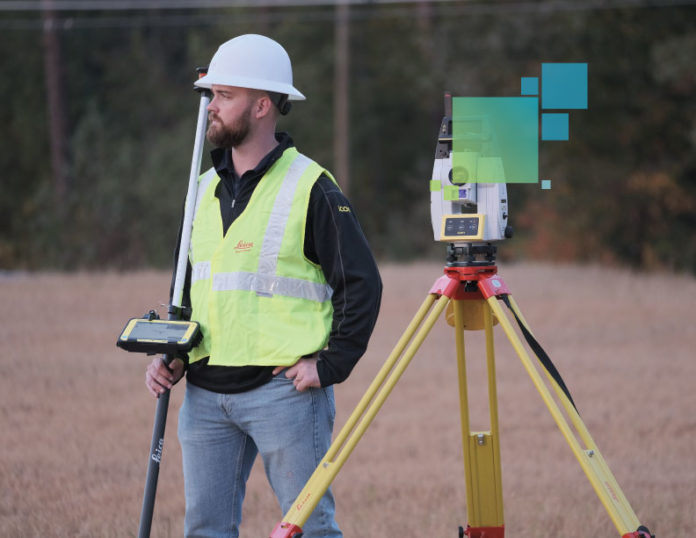The decreased labour force for the construction industry presents an opportunity for organizations to not just do more with less but to rethink how they use technology to enhance their results.
Even before the COVID-19 pandemic, many provinces were experiencing labour shortages, and an increasing number of workers retiring is expected to exacerbate the problem.
An estimated 257,100 workers across Canada will retire in the next decade, roughly 22% of the country’s 2019 labour force, while only 227,600 workers will enter the workforce during that same period, according to BuildForce Canada. One proven way to overcome — or at least minimize the impact of — the skilled worker shortage is with the widespread adoption of technology.
In advance of Canada’s 2020 federal budget, the Canadian Construction Association (CCA), recommended that the federal government “become a partner in providing the necessary framework and investment to enhance industry-wide collaboration for innovation in the construction industry.”
“Investment in advances in our industry will make direct, tangible improvements to Canada’s economy,” CCA said in the recommendation, which predated the COVID-19 pandemic.
Today, nearly 1.5 million people work in construction in Canada, and the industry represents about $140 billion for the country’s economy or about 7% of the gross domestic product (GDP).
This shortage is forcing companies to ask skilled workers to do more, challenging their ability to meet schedule requirements and forcing them to respond with higher bids for projects, various surveys suggest.
A trend likely to continue
According to most surveys, the worker shortage trend is expected to continue throughout at least 2020 and beyond. That means organizations have to take a new look at solving the worker shortage, as the old approaches no longer work for the modern workforce. There is only so much more organizations can ask of their teams before they cannot effectively deliver.
Data from The Civil Quarterly (TCQ), a new publication from Dodge Data & Analytics, revealed a majority of contractors (60%) currently have a high level of difficulty finding skilled workers. More than half (53%) believe the cost of skilled workers will rise in the next six months, and nearly half (43%) anticipate the skilled labour cost increase will make it a challenge to meet budget requirements on their projects.
When asked about their most significant barriers to using new technologies onsite, more than half (56%) of the contractors queried point to the cost of technology, while workforce challenges are also obstacles. Meanwhile, nearly half (47%) say they are concerned about workforce adoption of technology, while four in 10 (40%) lack the skilled resources to manage technology.
Technology as a solution
To tackle the problem head-on, technology companies are focused on creating solutions that are easy to use for both experienced workers, who need to evolve from outdated manual practices, as well as the more tech-savvy next generation.
Companies that implement new technologies, like digital terrain modelling, 3D machine control, laser scanning, robotic total stations and advanced GNSS rovers and even underground detection solutions, are able to improve the productivity of their existing labour.
These tools enable teams to work quicker and more safely than they do with manual instruments, allowing organizations to speed up their workflow, avert costly mistakes, and avoid losing momentum with their projects and business overall.
And as technologies become even easier to integrate with existing investments, adoption is likely to increase rapidly.
Make the difficult easier
As heavy construction projects grow increasingly complex, the pace of construction demands the ability to capture accurate data quickly, enabling teams to plan accordingly, control costs, and complete projects on time. To do this, they need easy-to-use and adaptable solutions that can be implemented easily across diverse settings.
Today’s infrastructure projects are complicated, but data doesn’t have to be. Smart solutions make even the most challenging demands simpler and help solve challenging tasks by making data digitally accessible, infinitely connected and autonomously intelligent.
Technology, when deployed correctly, can reduce costs, cut down on waste and increase safety.
The construction industry is evolving more substantively and at a quicker pace than at any point in history. Organizations need the tools that empower them to work smarter and more efficiently while not putting their teams at risk or sacrificing quality. Taking this approach will enable organizations to overcome the challenges of the current job market and prepare them for the next difficulty.
How are you using technology in your construction jobs?






